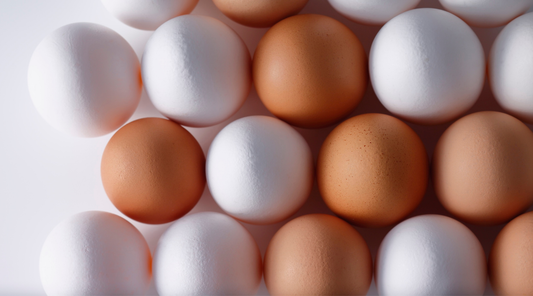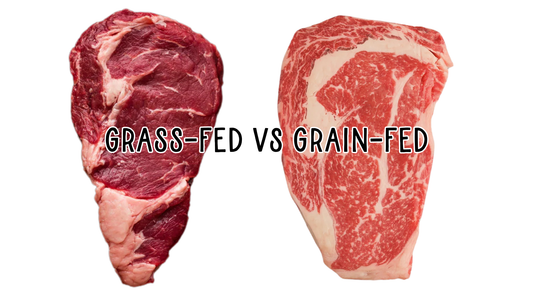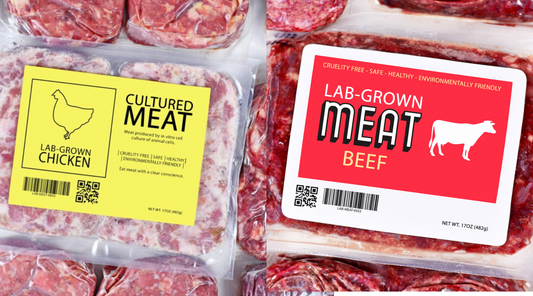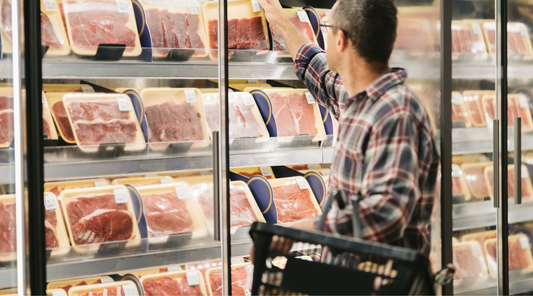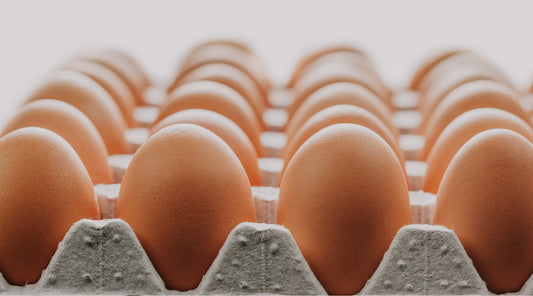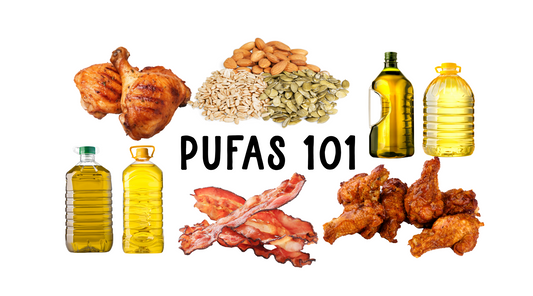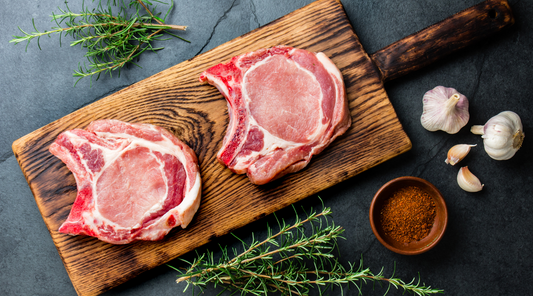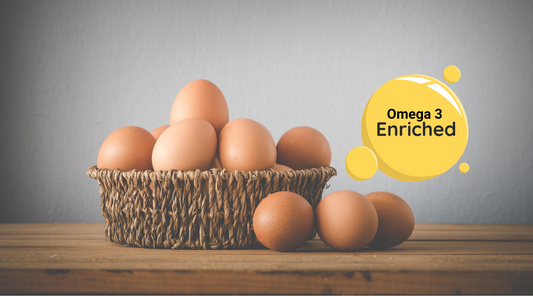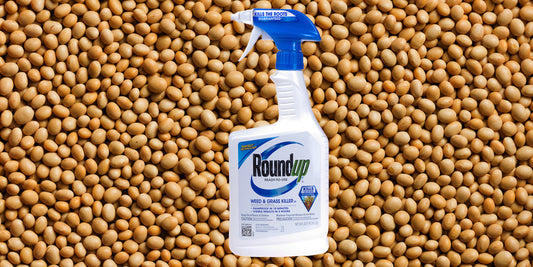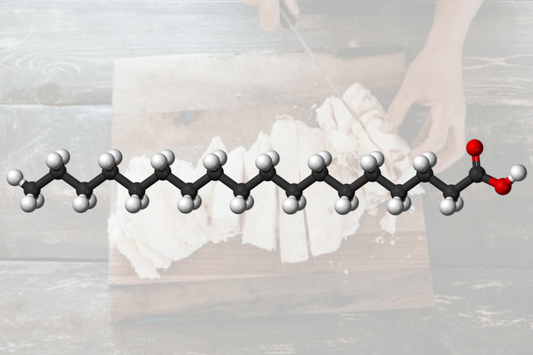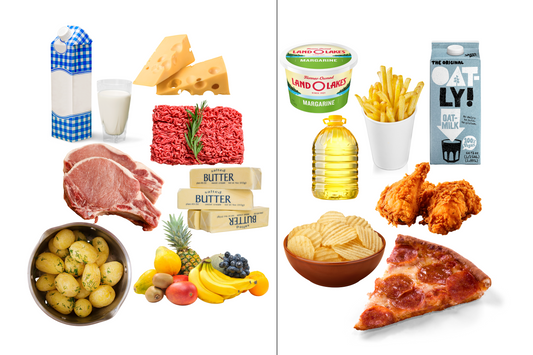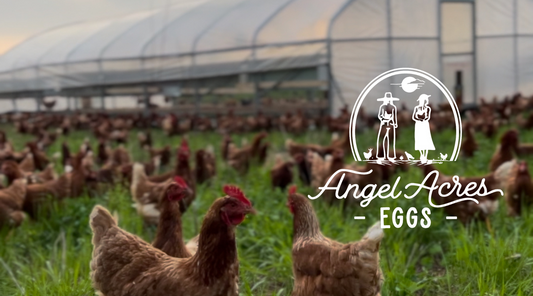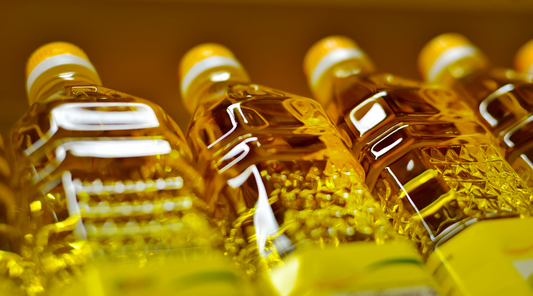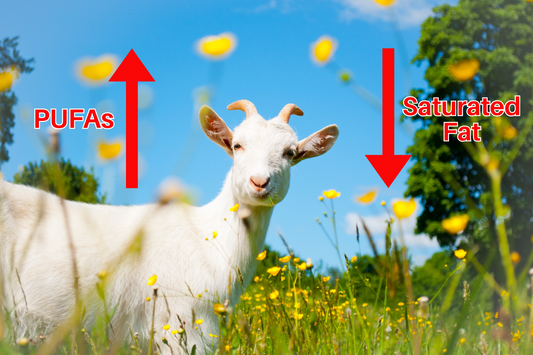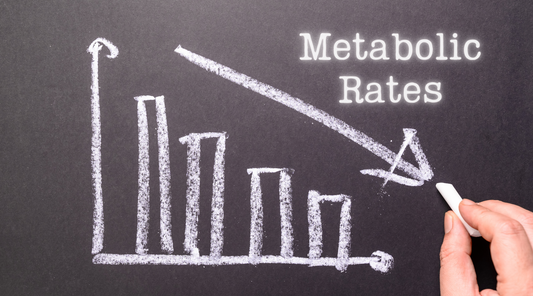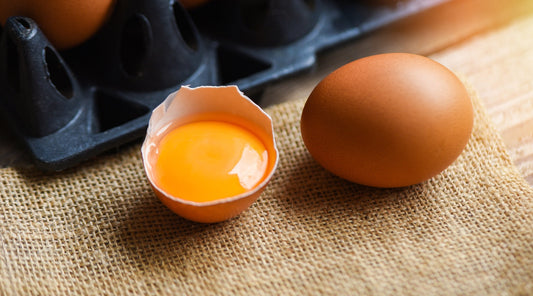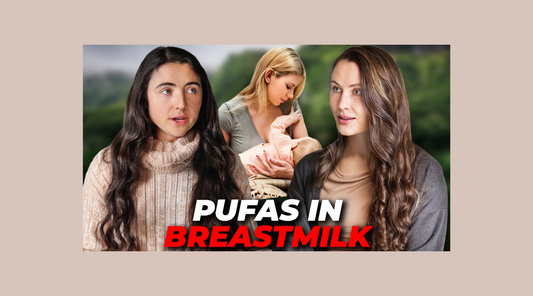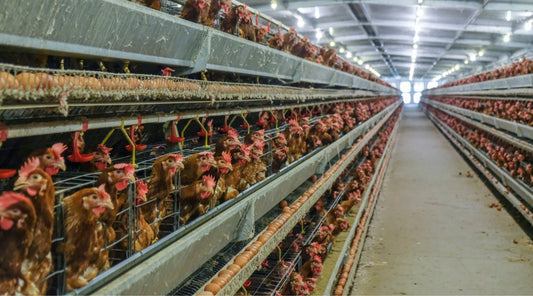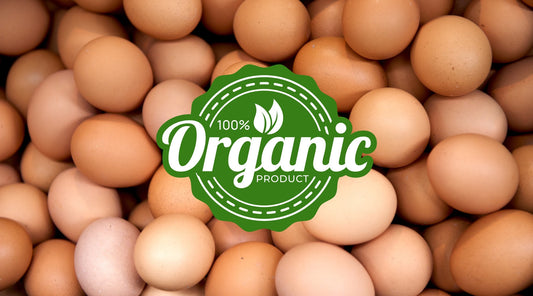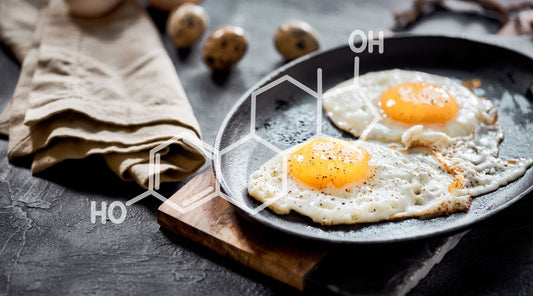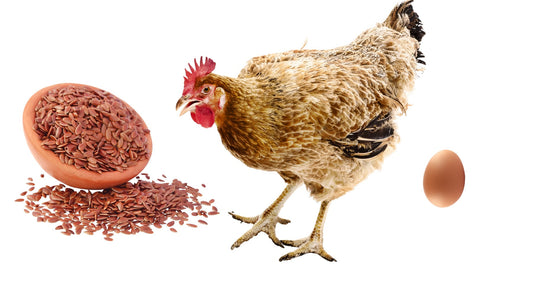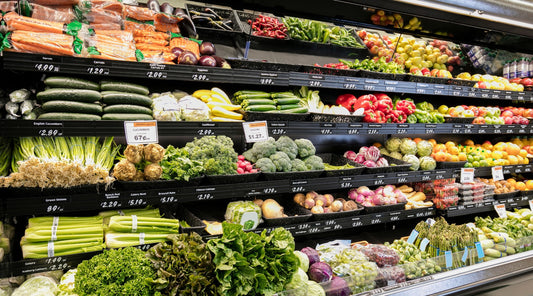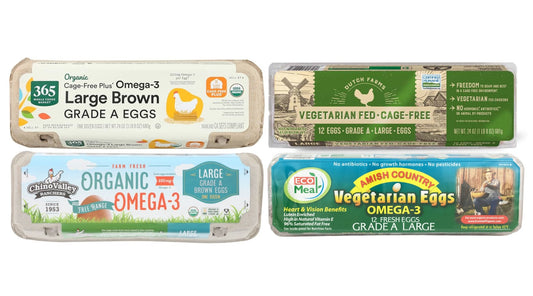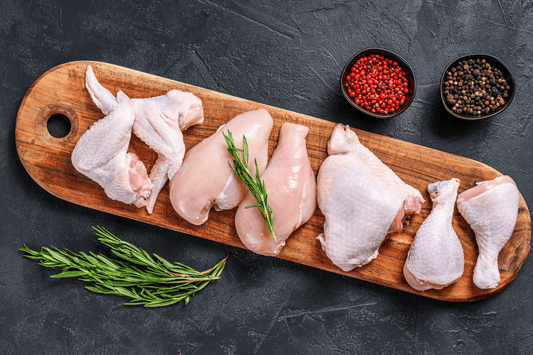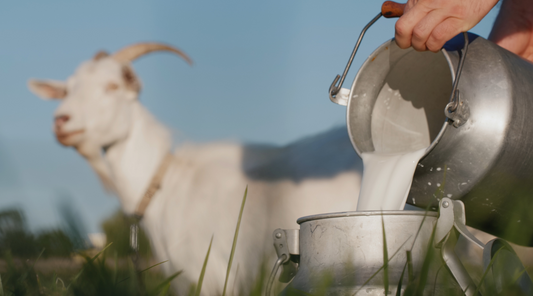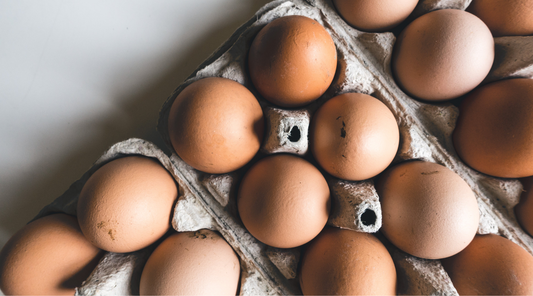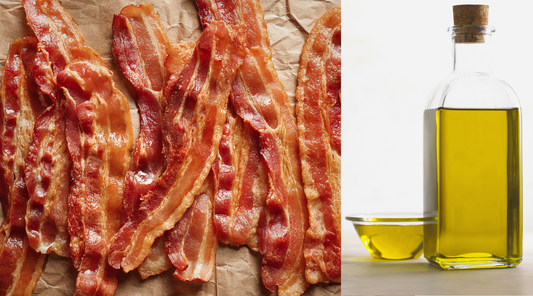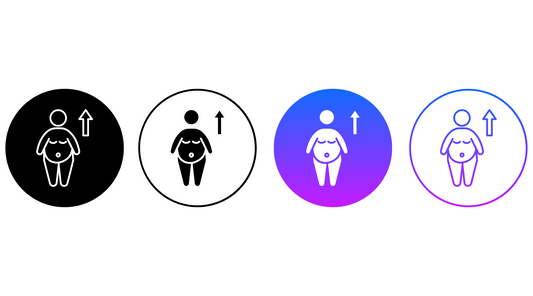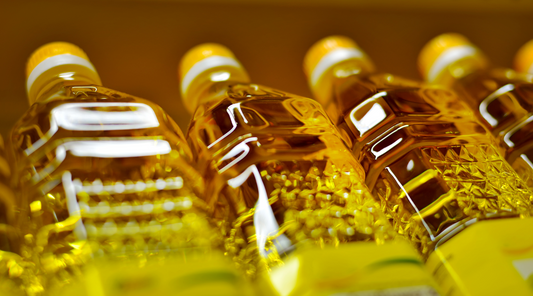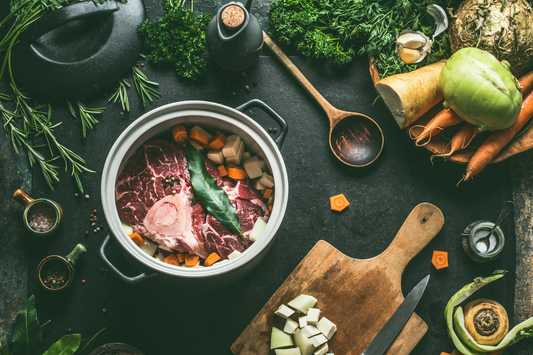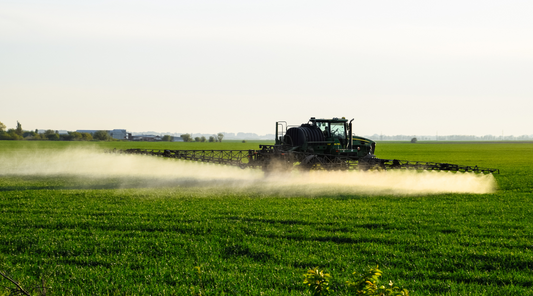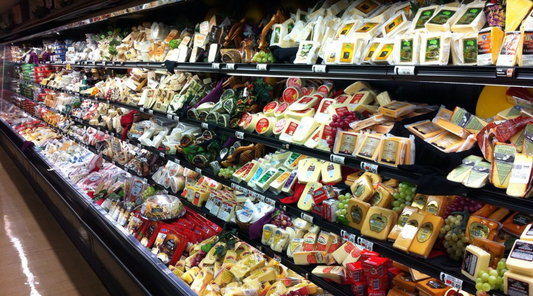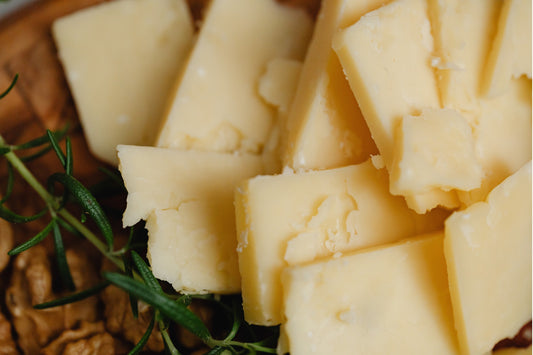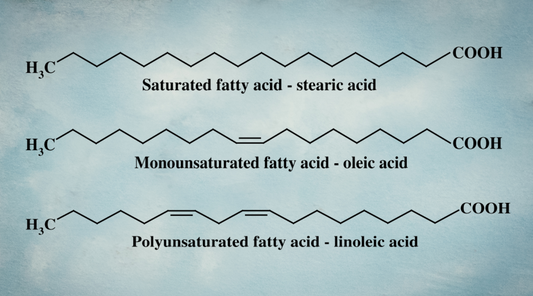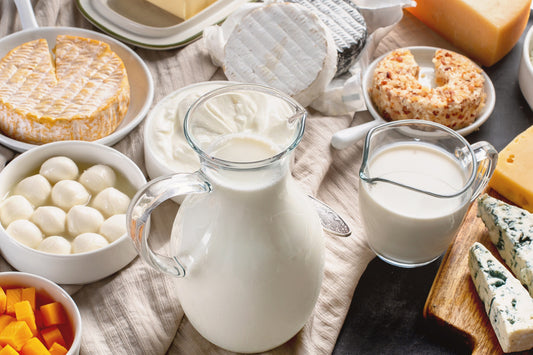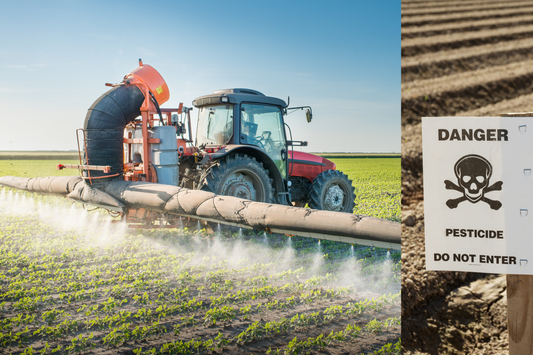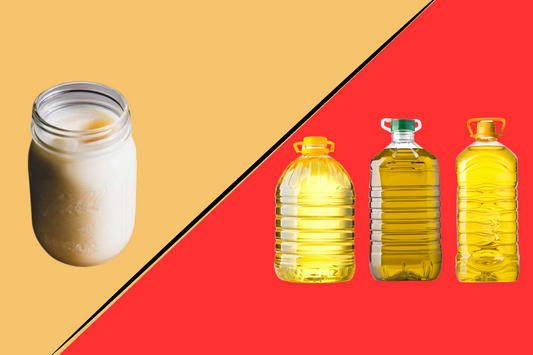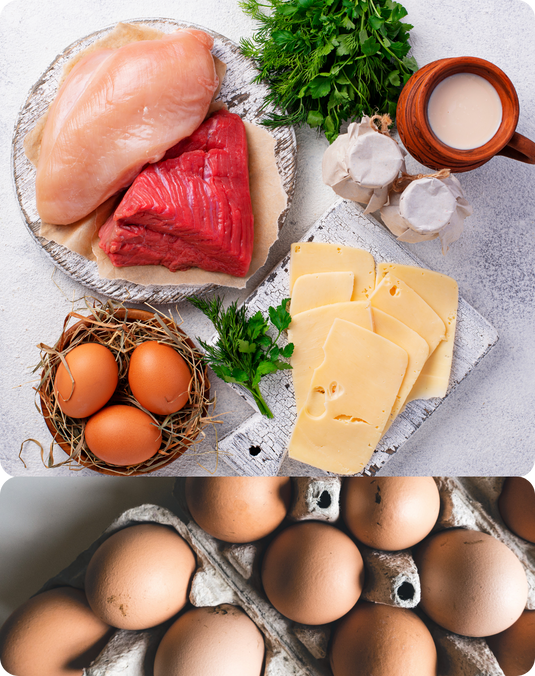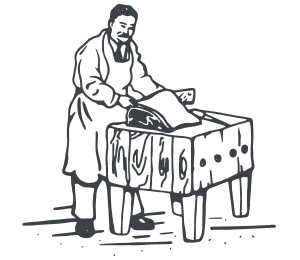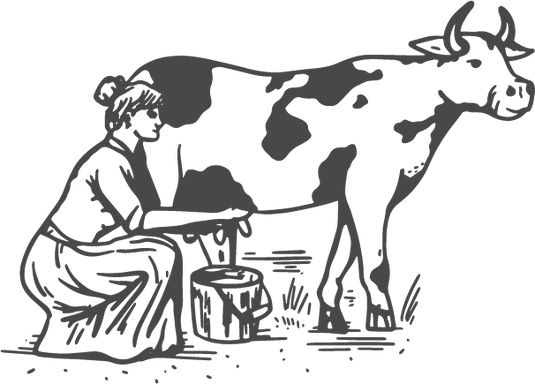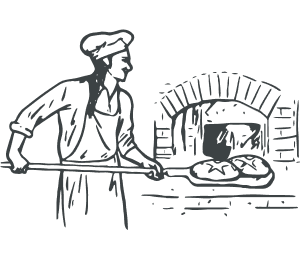
Is Chicken Still a Healthy Protein? Here’s What Most People Don't Know
Let's have a chicken chat.
Chicken is a great source of dietary protein and contains valuable nutrients like Vitamin B3 and Vitamin B6. In fact, it contains more of both than beef or pork. And when chickens are raised on pasture, pecking at green grasses under the sun, they convert Vitamin K1 from those plants into Vitamin K2, a rare and powerful nutrient that plays a key role in calcium metabolism and heart health.
But there's more to the story...
Because here's the thing: chicken meat also contains dietary fat.
And that fat isn't fixed.
The composition changes based on what the chicken eats. Just like humans, chickens quite literally are what they eat.
The vast majority of chicken in the U.S. comes from animals raised in confinement, fed GMO corn and soy. These feeds are high in PUFAs, polyunsaturated fats, particularly linoleic acid, an omega-6 fat that now dominates the modern food supply and is the problematic fat in seed oils.
(Since chickens can't be 100% grass-fed, pasture-raised chickens still require a supplemental feed that is also commonly high in PUFAs).
When chickens eat PUFA-rich feed, their body fat becomes PUFA-rich, too. And when you eat that meat… so do you.

When you see the data above, it makes since when some estimates suggest that conventional chicken is now the single largest source of linoleic acid in the American diet.
We weren't always bathing in PUFAs.
In the early 1900s, PUFAs made up just 1–2% of the average American’s diet. Today? That number has ballooned to 15–25%. This massive shift in dietary fat intake has happened quietly, but its effects have been anything but subtle — we’ve seen an explosion in obesity, metabolic dysfunction, autoimmune conditions, and chronic inflammatory disease.
And PUFAs aren't just neutral fats.
They cause metabolic damage.
They’ve been shown to lower metabolic rate, disrupt satiety signaling, interfere with mitochondrial energy production, and alter gut function.
You might be avoiding seed oils, but if you are still eating PUFA rich chicken, you are still consuming those same problematic fats.
And it doesn’t stop at nutrition.
The American chicken industry is one of the clearest examples of everything wrong with industrial agriculture. Over 50% of all U.S.-grown corn and soy is used not to feed people, but to feed chickens, requiring extensive amounts of pesticides. Those compounds, once again, get stored in the tissues of the birds and passed up the food chain to us, causing metabolic and hormonal problems.
Most of these birds are raised in mass confinement barns, with 125,000+ chickens crammed into a single building, never touching grass or seeing sunlight. To survive in such unnatural, stressful conditions, they’re given routine antibiotics, pharmaceuticals, and for “No Antibiotics Ever” brands, increasingly complex vaccination programs and extreme biosecurity measures.
These chickens have weak immune systems and are raised in sterile, artificial environments - like a lab, not a farm.
It’s no wonder that avian influenza outbreaks continue to plague the industry. These birds aren’t thriving. They’re just surviving long enough to reach market weight.
This isn’t food. This is a factory.
So, should we be eating more chicken? Or just better chicken?
At Nourish, we said “no thanks” to the factory farm model. We knew there had to be a better way to raise chickens better AND improve the fatty acid profile.
We did it with our eggs.
Now, we’re doing it with chicken.

Our birds are mobile-pasture-raised in mobile coops, moved daily to fresh grass so they can forage on fresh grass and bugs, and soak up natural sunlight, and get fresh air - without the vaccines and meds.
They’re fed a custom corn- and soy-free feed blend we designed ourselves — one that meets our Low Ps™ standard: low in PUFAs, phytoestrogens, and pesticide residues.
The results? Our chicken has been lab tested to contain:
-
54% less linoleic acid than organic free-range chicken
-
202% more stearic acid, a saturated fat shown to support mitochondrial function and boost metabolic rate
More of the good. Less of the bad.
Long story short: if chicken is a regular part of your diet, make sure it’s coming from a source that cares about your health, the animal’s well-being, and the integrity of our food system.
If you do not have access to a clean chicken source, I would recommend eating lean cuts only and instead eating more beef as your protein source.
Because what your chicken eats… becomes your fuel, too.




